Flinders Ranges National Park: Highlights
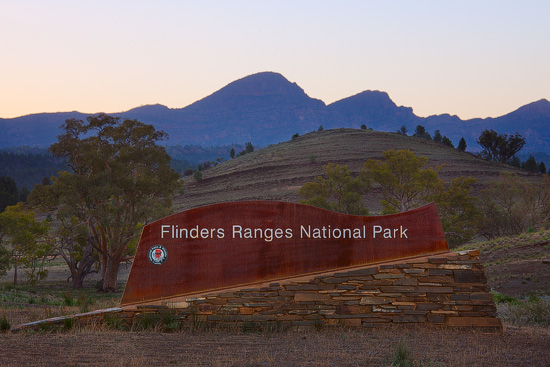
This is a summary post about the Flinders Ranges National Park. Here I tried to put together images of the most interesting and famous spots with links to larger photos and place descriptions.

This is a summary post about the Flinders Ranges National Park. Here I tried to put together images of the most interesting and famous spots with links to larger photos and place descriptions.
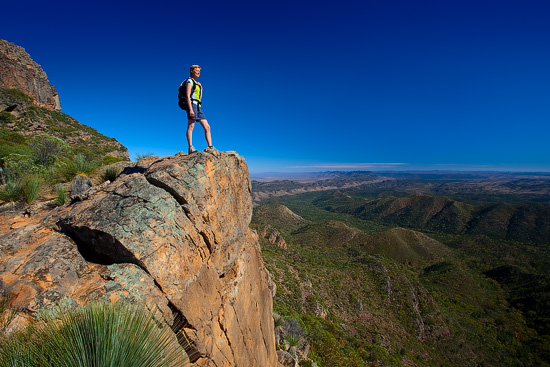
St. Mary’s Peak is the highest mountain in the Flinders Ranges National Park and the second highest peak in South Australia. This 1171 metre peak is located on the North-East edge of the Wilpena Pound and offers breathtaking 360-degree views of the Flinders Ranges, Wilpena Pound and surrounding plains.
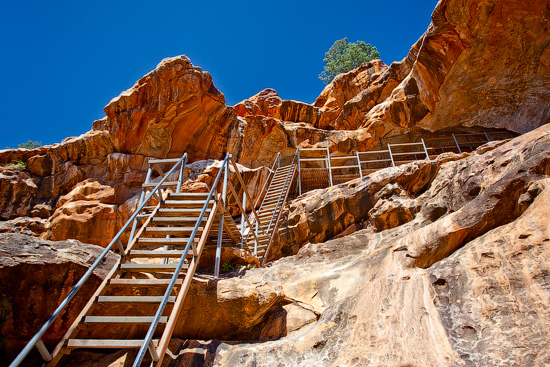
Yourambulla Caves Aboriginal Site is one of the several Aboriginal Painting sites in the Flinders Ranges region. Located just 11 kilometres south of Hawker, this site offers a self-guided tour and features three cave galleries.
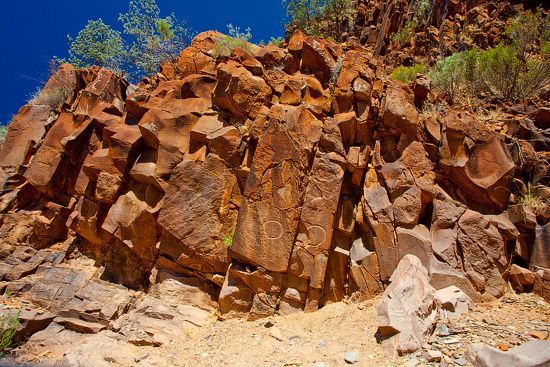
Sacred Canyon is one of the places in the Flinders Ranges National Park where you can explore some nice examples of the Aboriginal Art. Comparing to other similar places, Sacred Canyon offers images that were engraved onto the stone surface, not painted with ochre or charcoal. Read more…
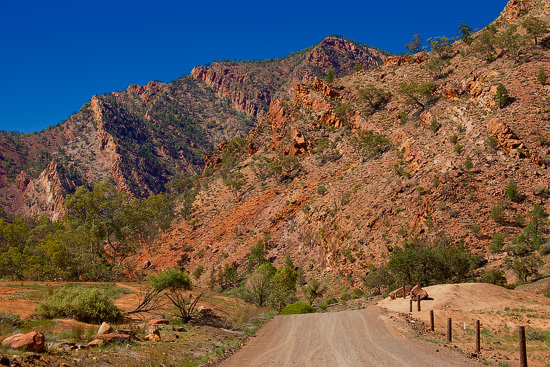
Brachina Gorge, located in the Flinders Ranges National Park, is a unique place that allows you to travel in time to 500-600 millions years ago to explore geological history of the region and our planet.
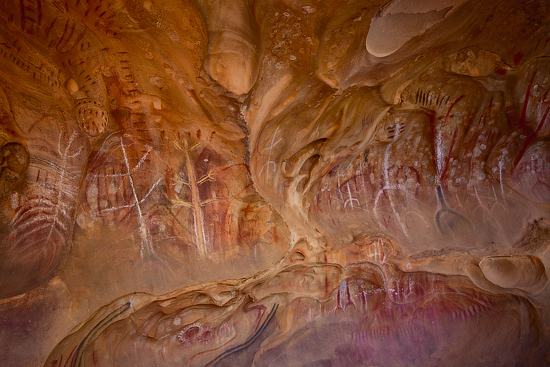
Arkaroo Rock is a small cave with ancient aboriginal paintings, located at the base of the Wilpena Pound in the southern part of the Flinders Ranges National Park.
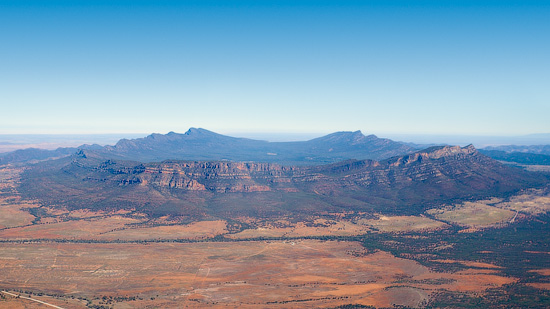
Wilpena Pound is a crater-like natural amphitheater located in the Flinders Ranges National Park, in South Australia, approximately 430 kilometers from Adelaide. Read more…
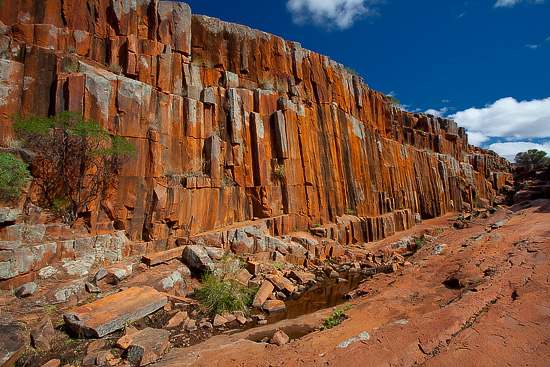
Kolay Mirica Falls is one of the best places in the Gawler Ranges National Park where you can explore the organ pipes – unique volcanic rock formations.
Park is located in 40 kilometers north off Eyre Highway in South Australia, the road from Wudinna is the most convenient way to get there.
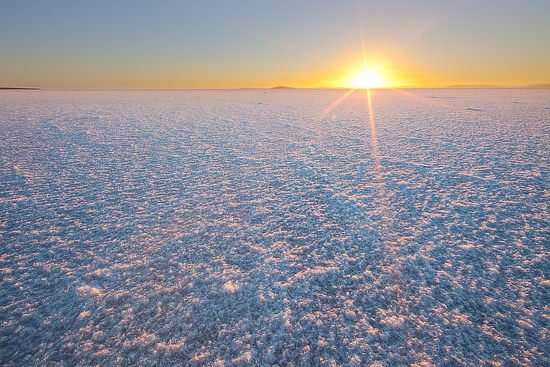
Lake Gairdner stretches for 160 kilometers in length and 48 kilometers across and is a fourth largest dry salt lake in Australia after Lake Eyre, Lake Torrens and Lake Frome. Some places can have a layer of dry salt up to 1 meter thick.
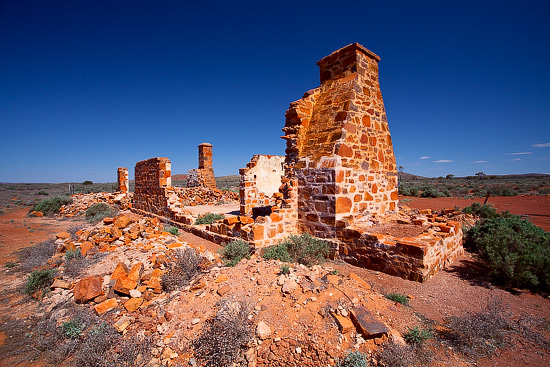
These magnificent remains are located in the northern part of the Gawler Ranges, in a remote area not far from the Lake Gairdner.